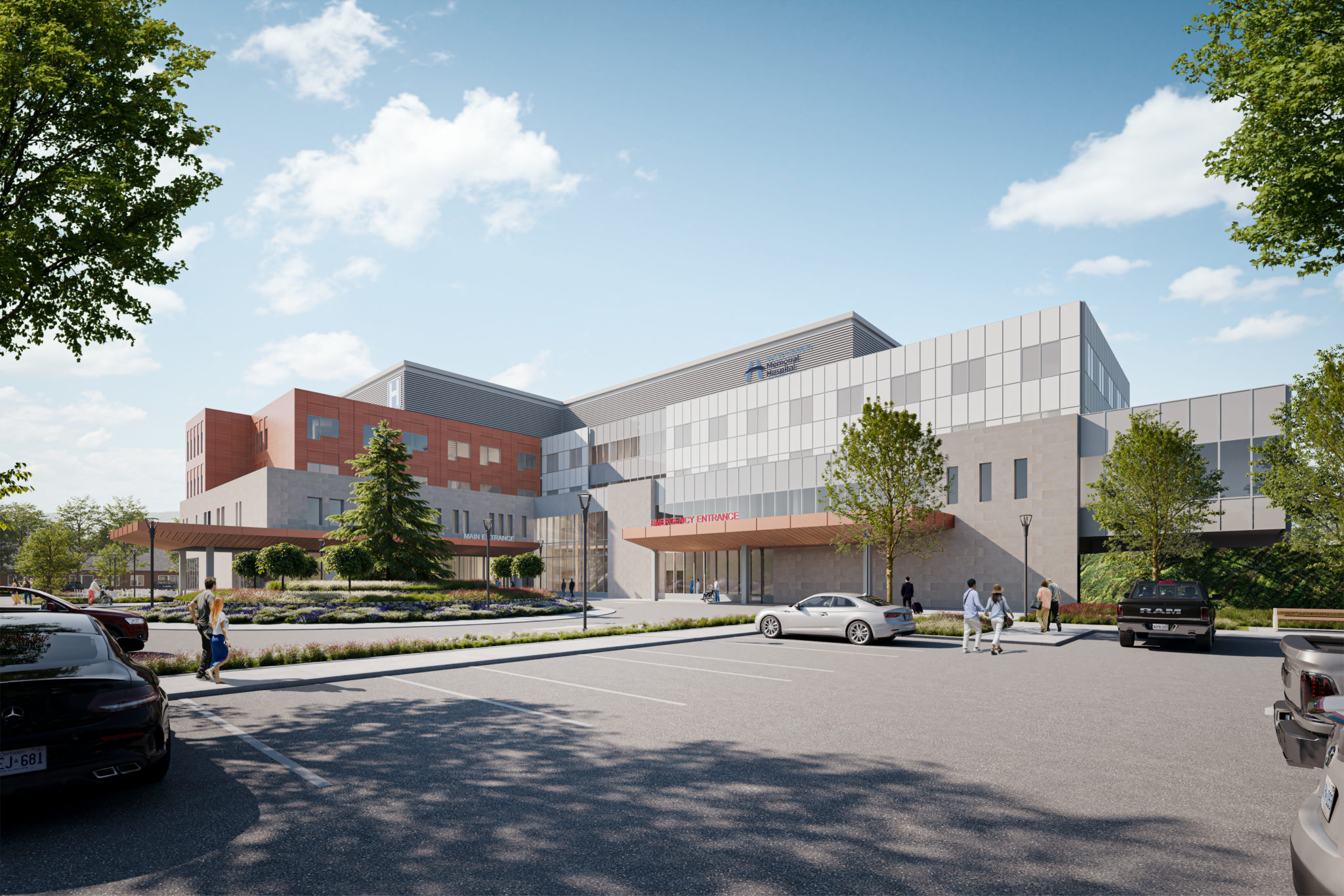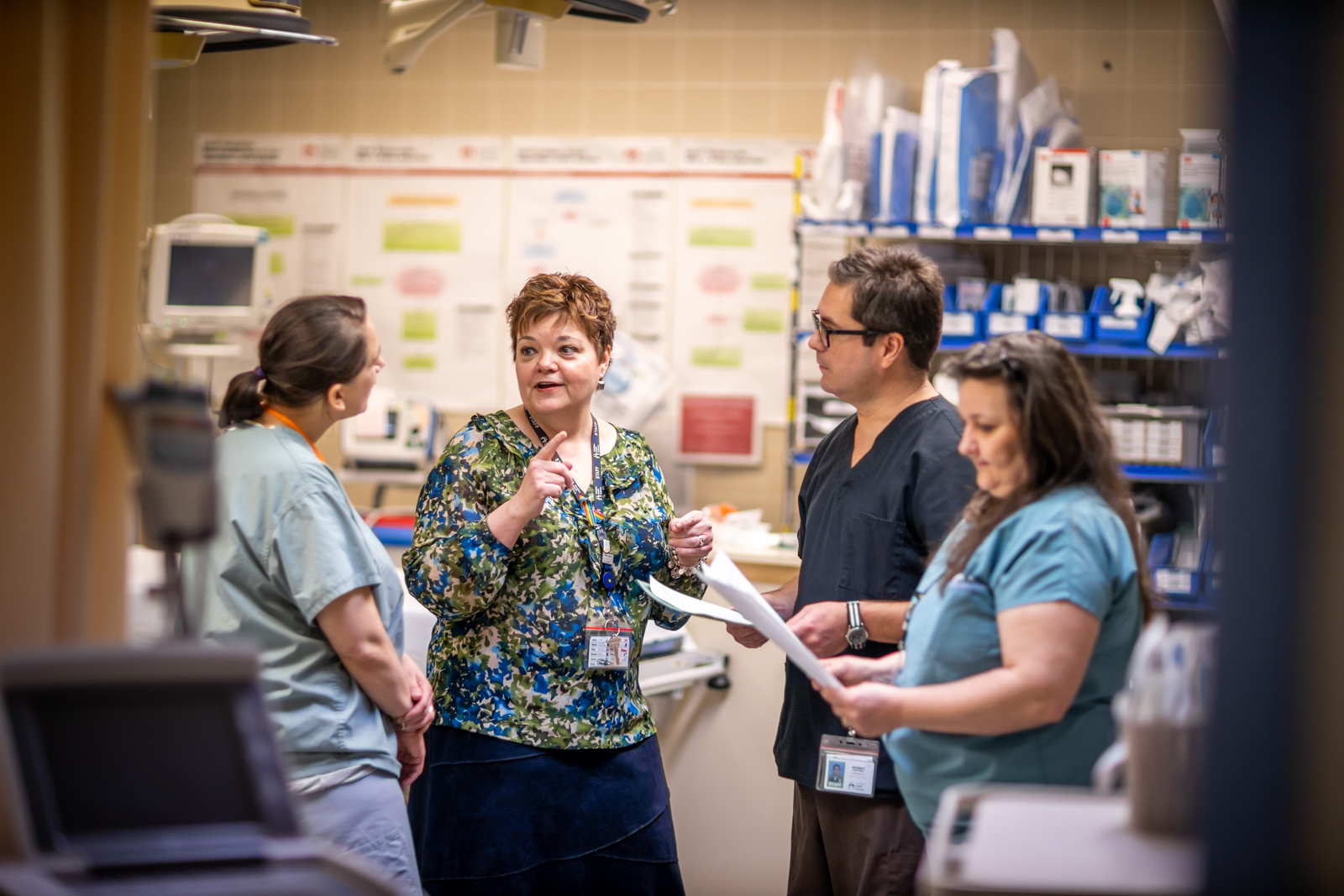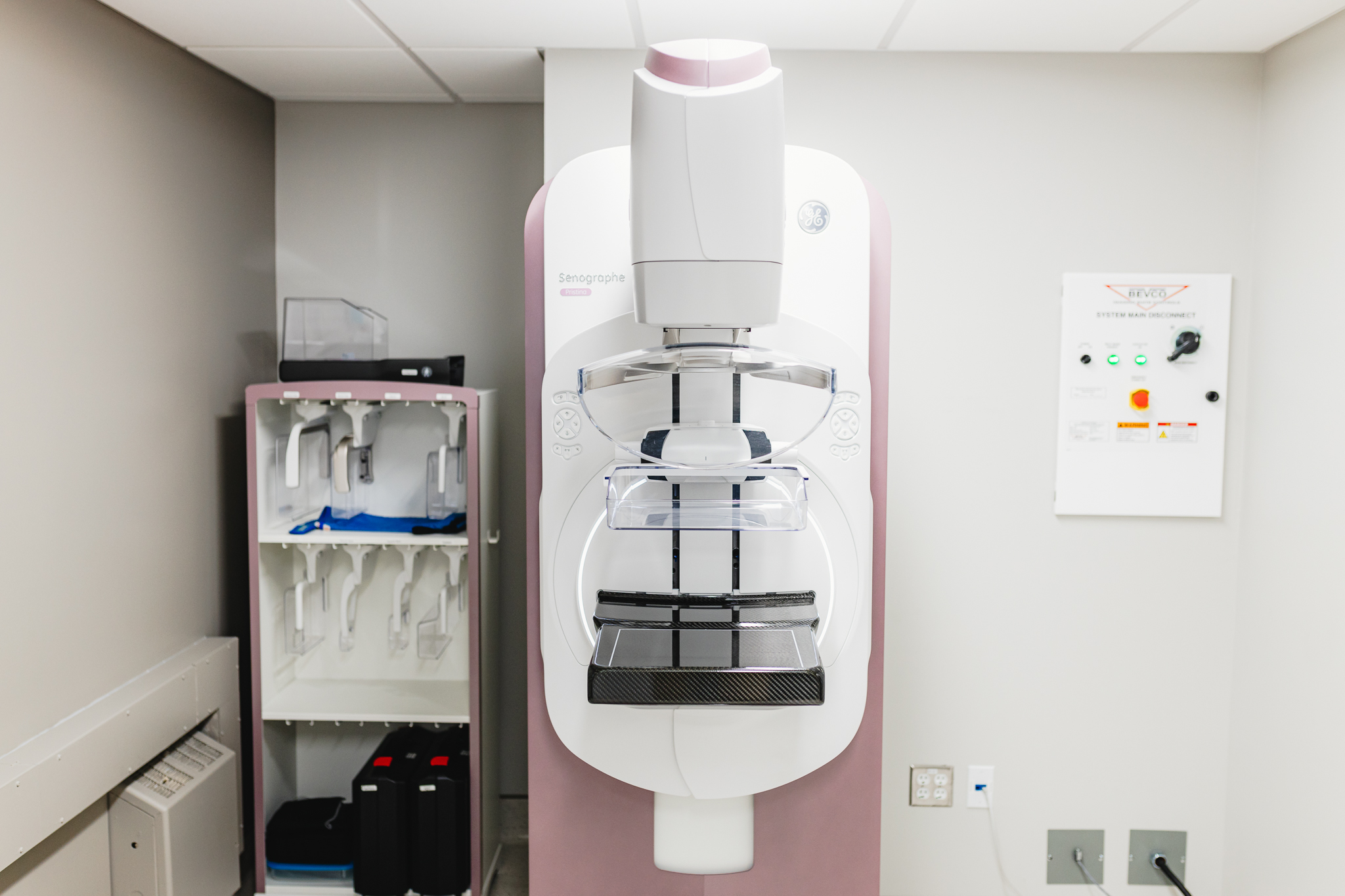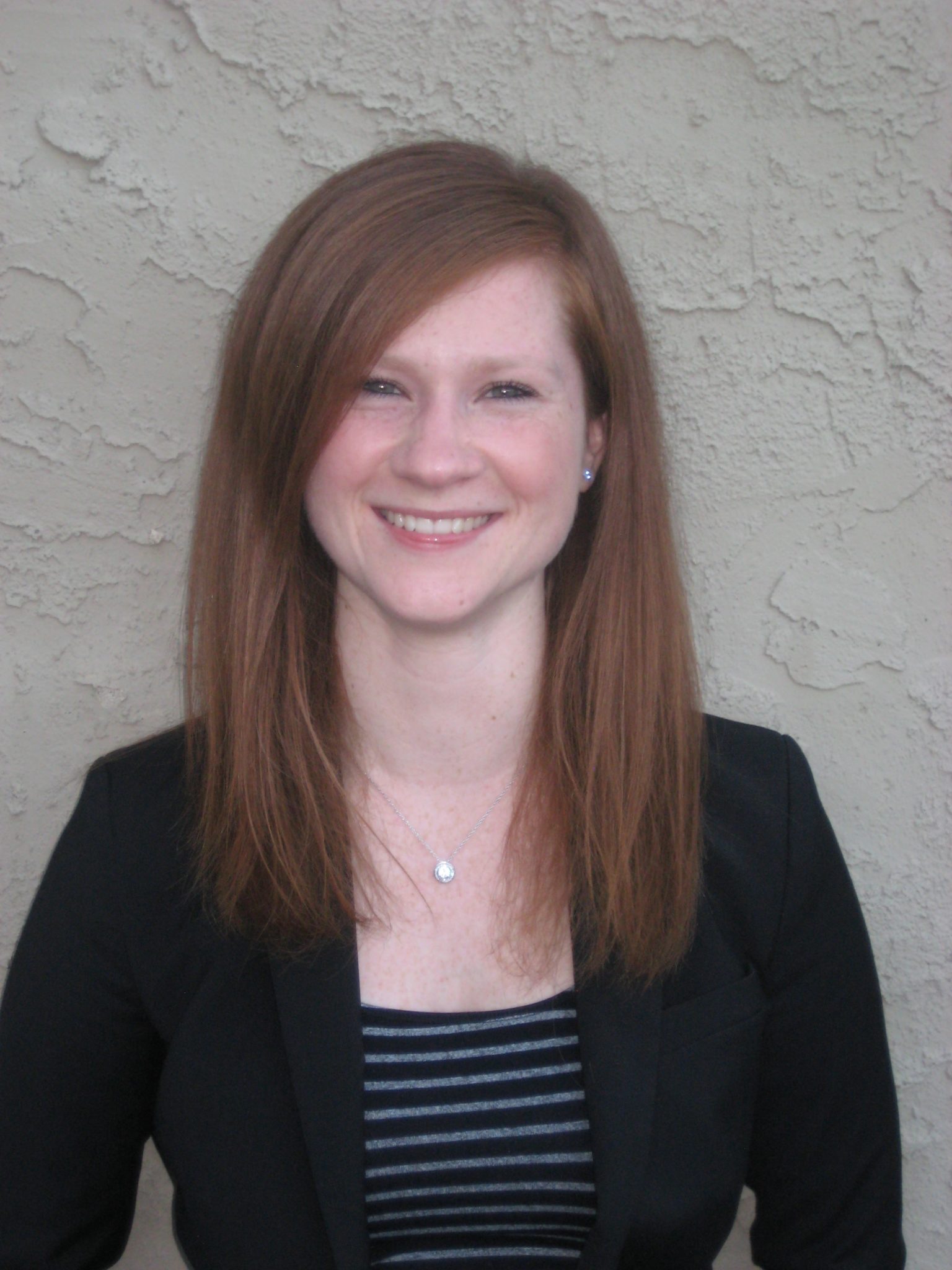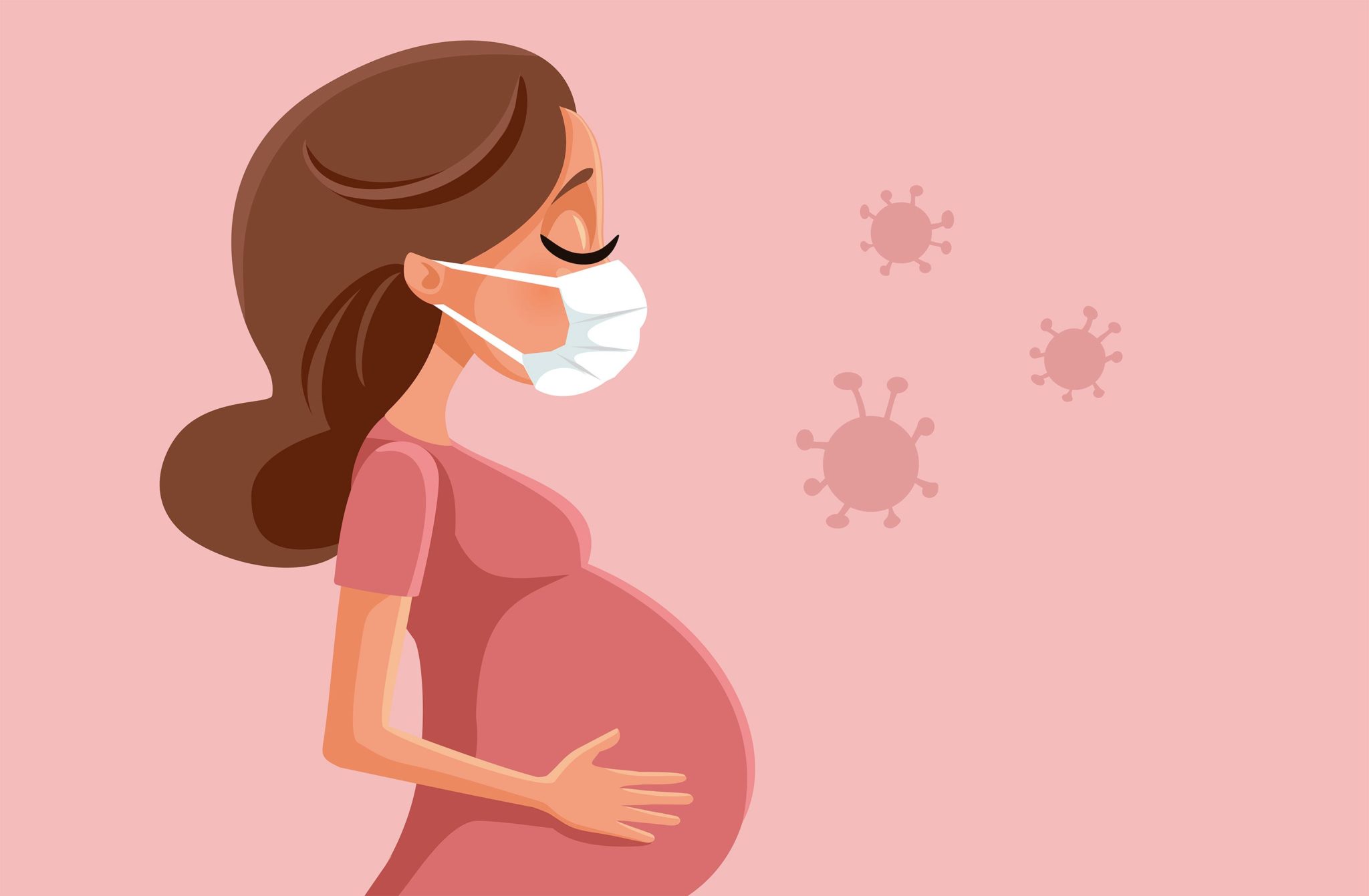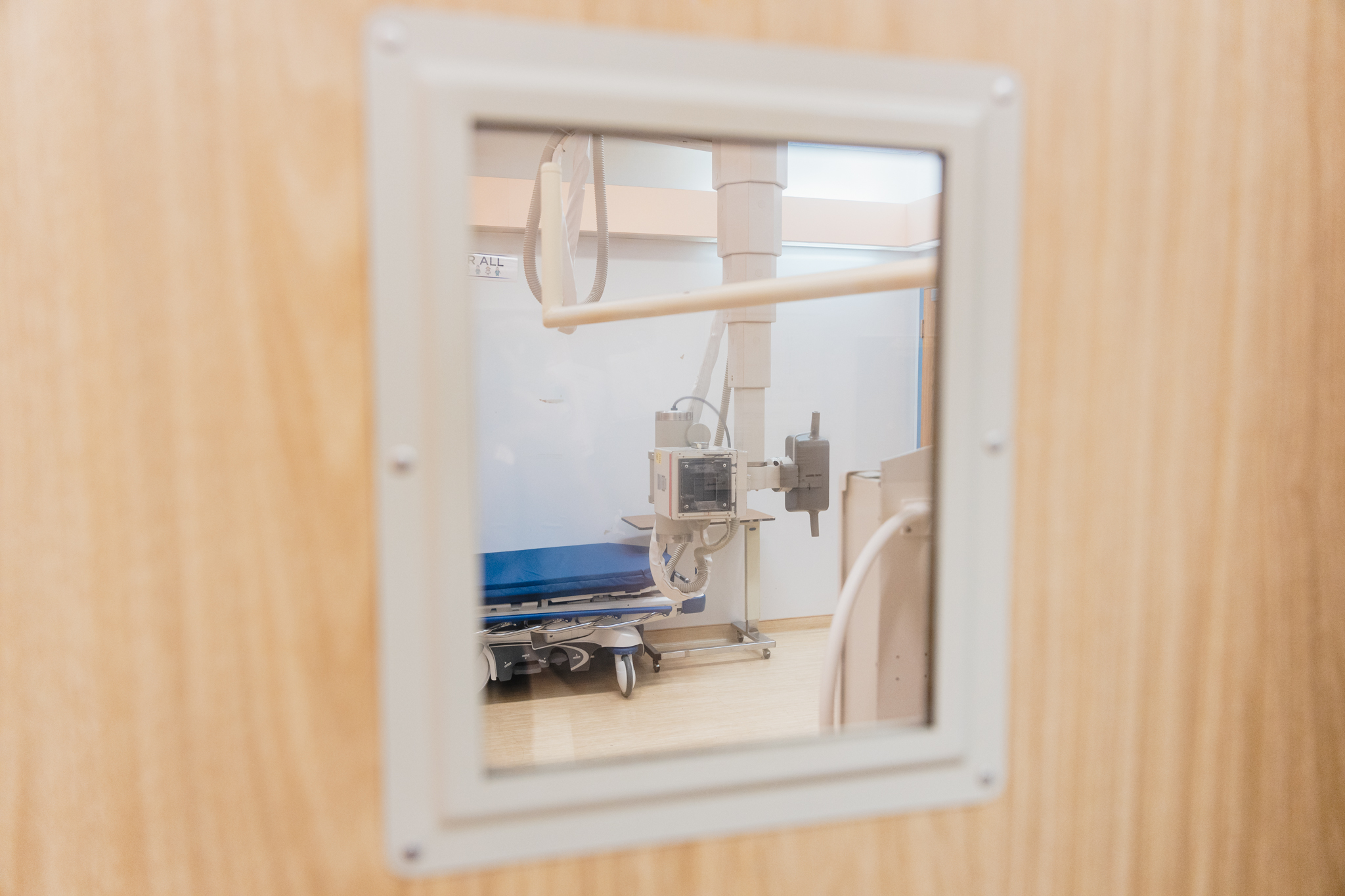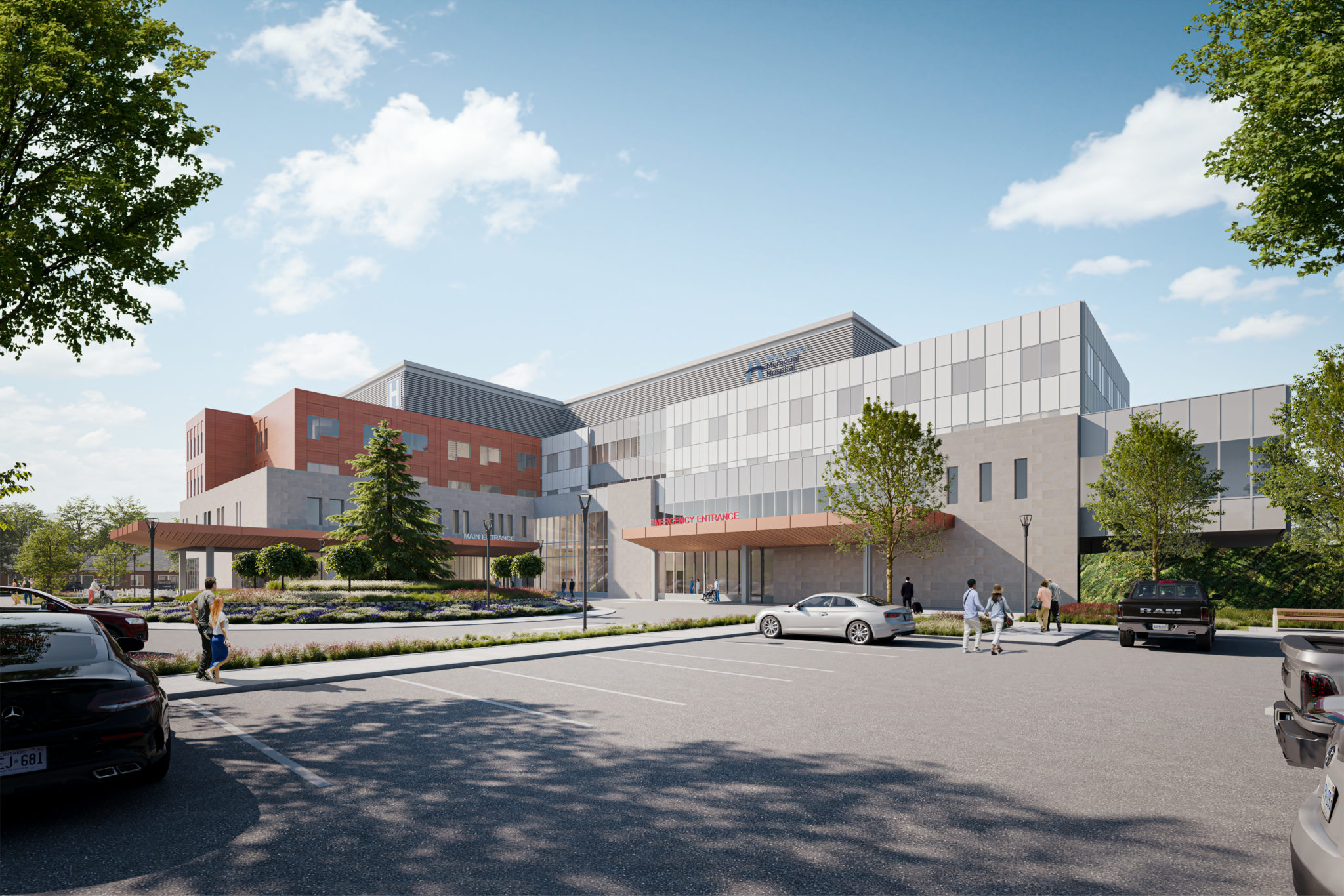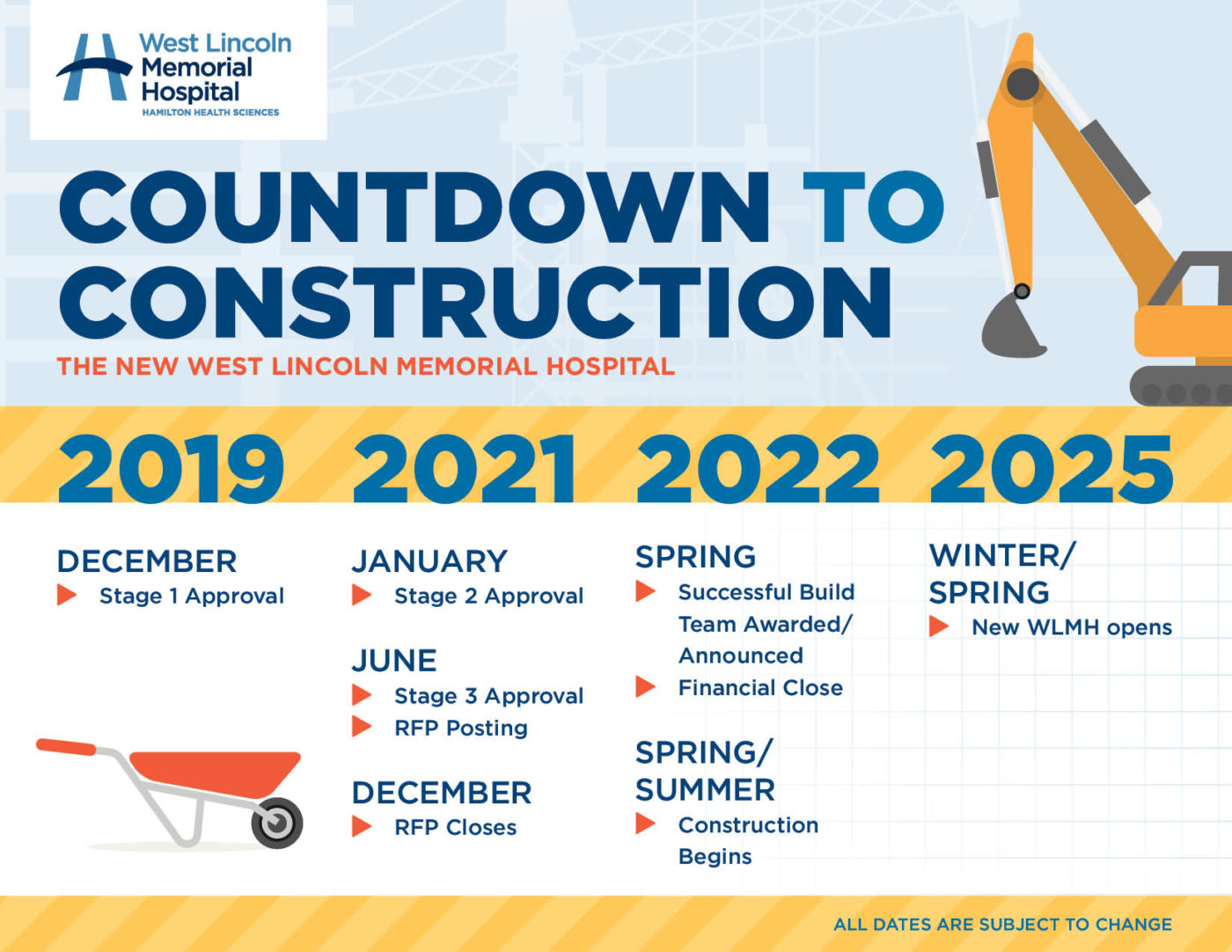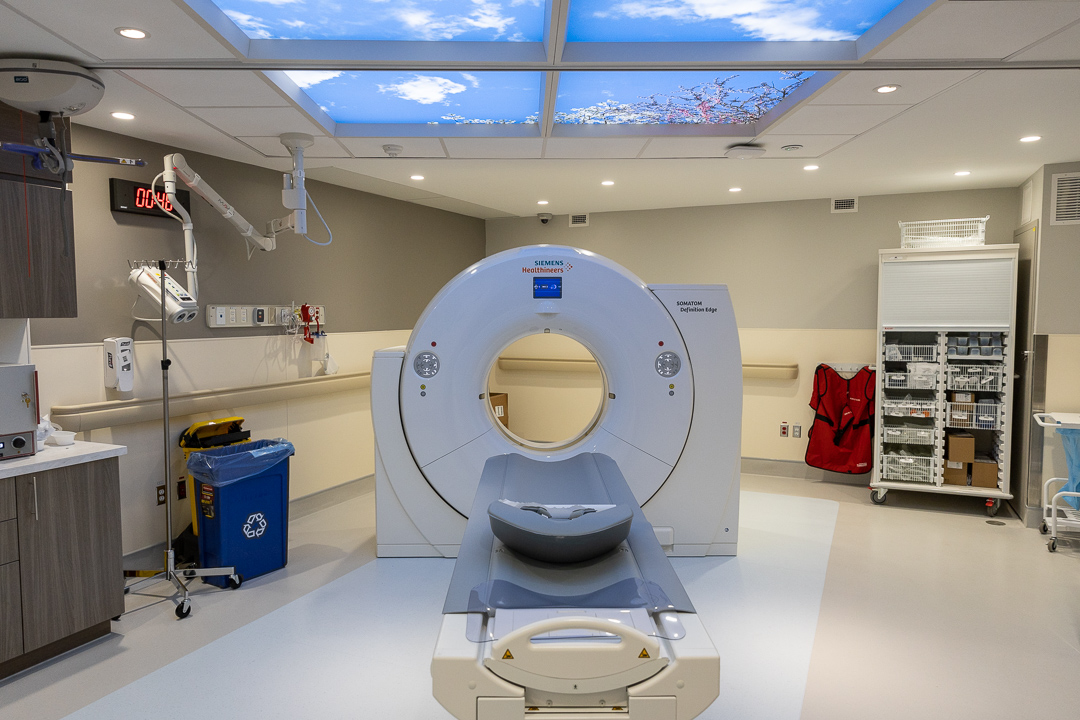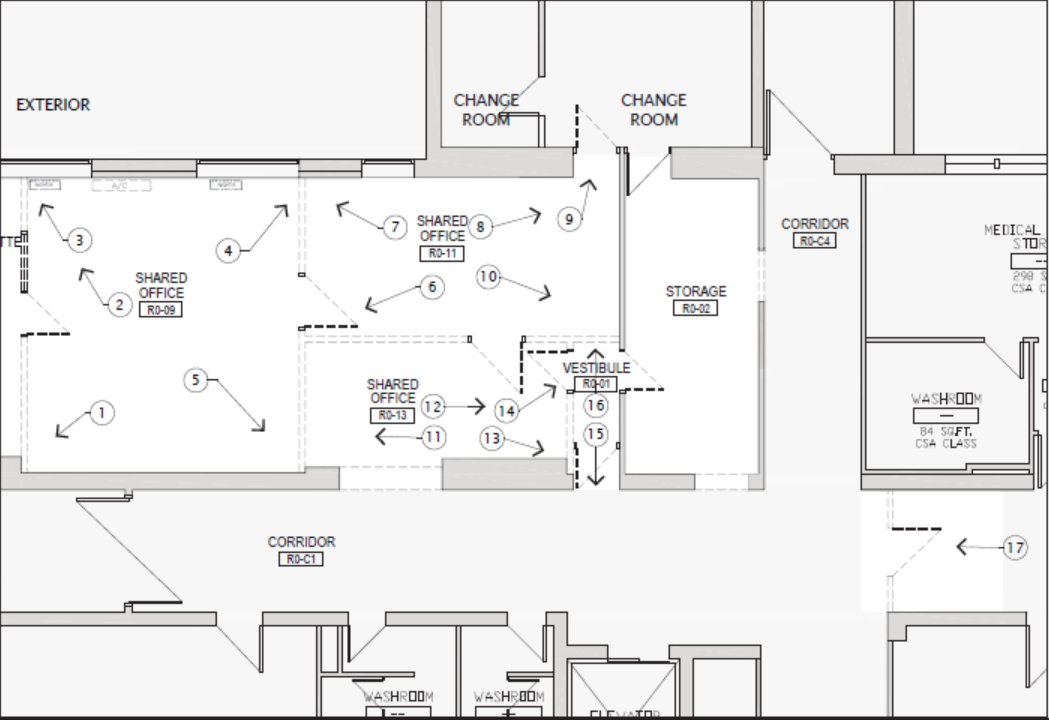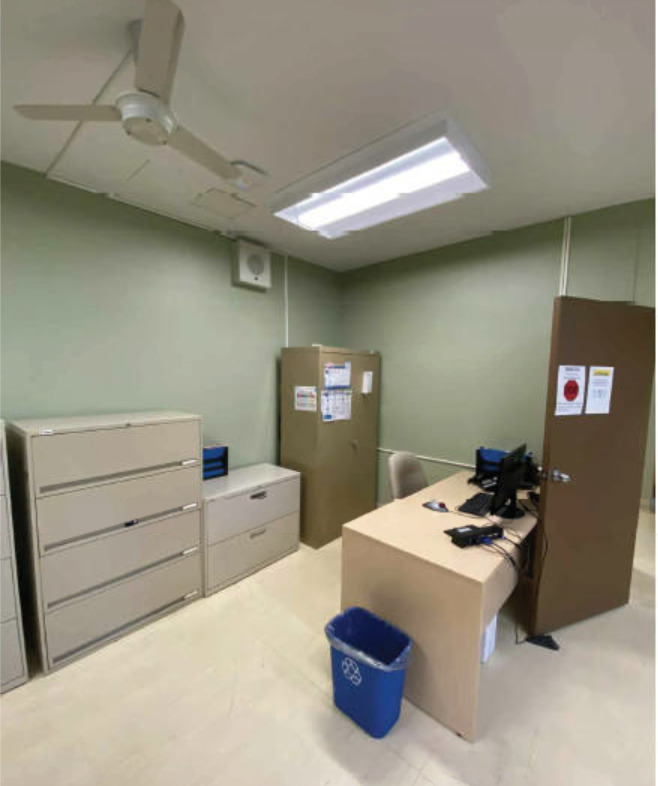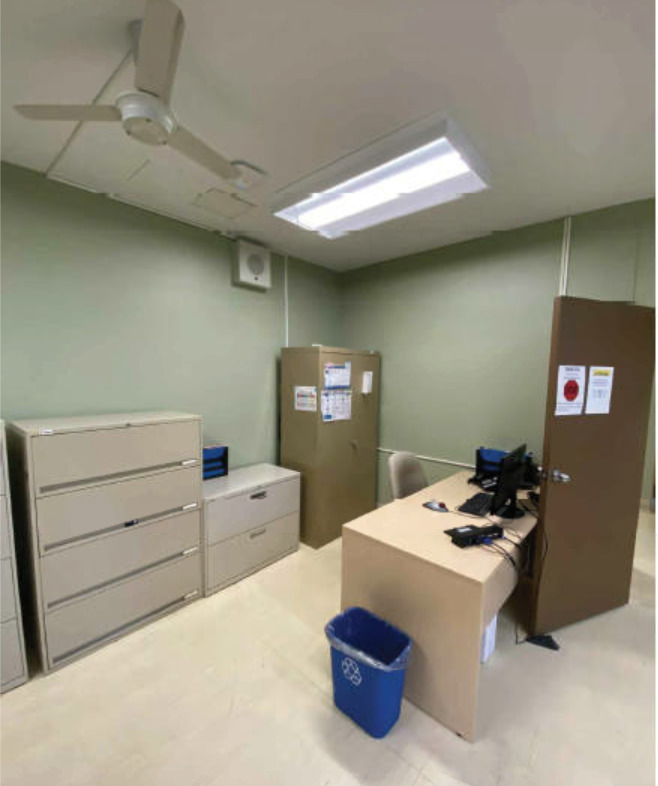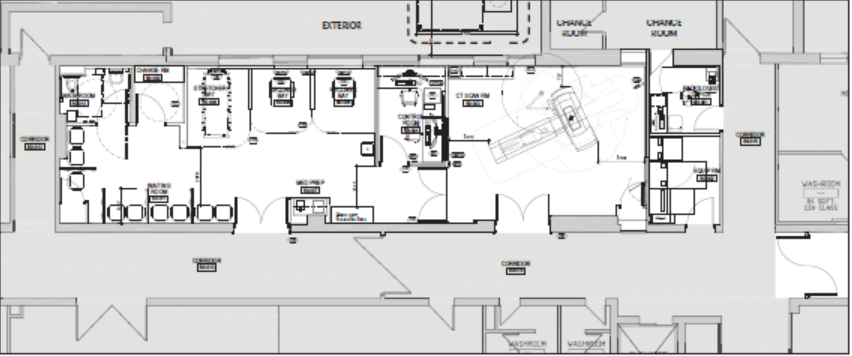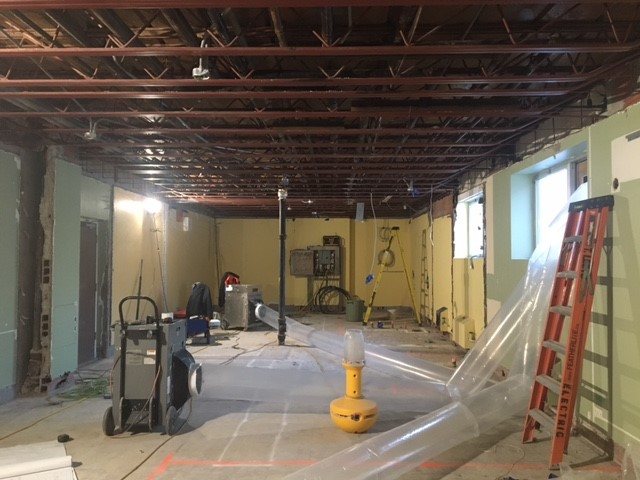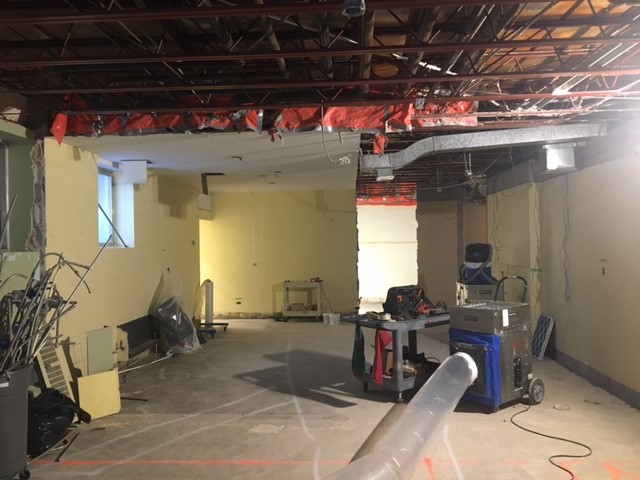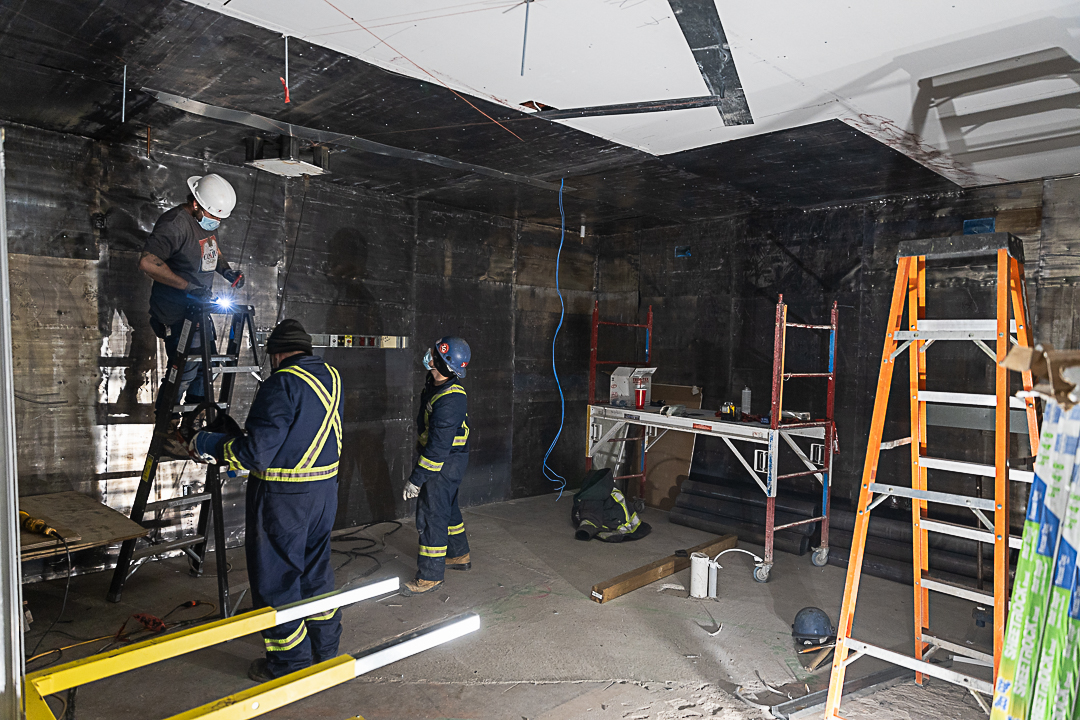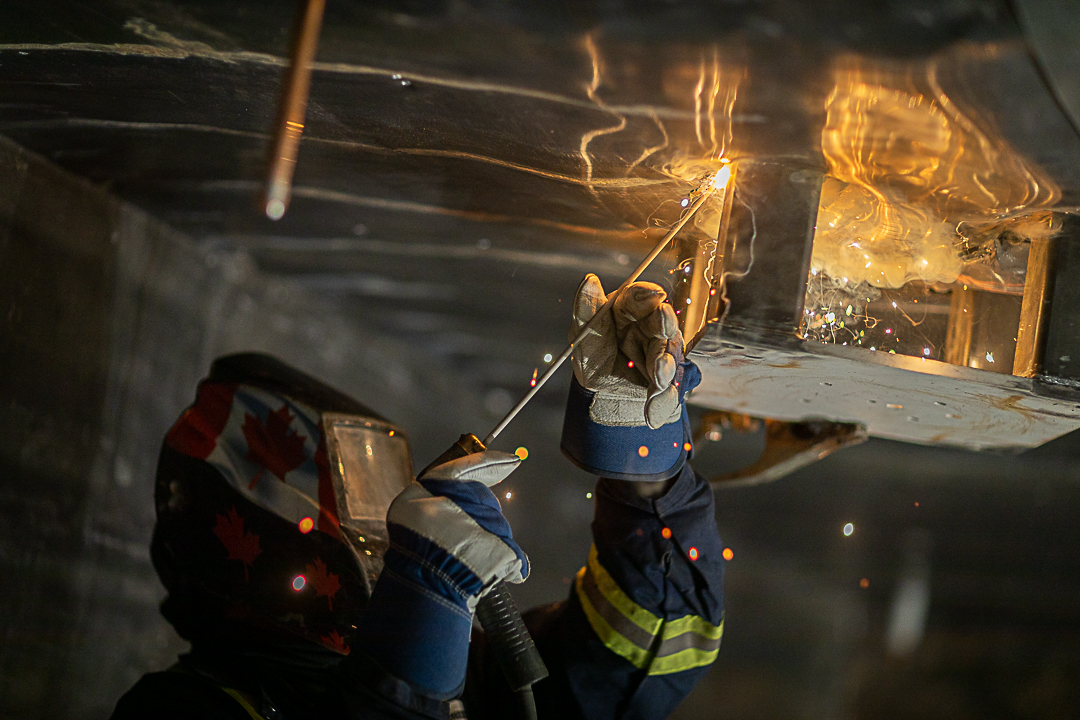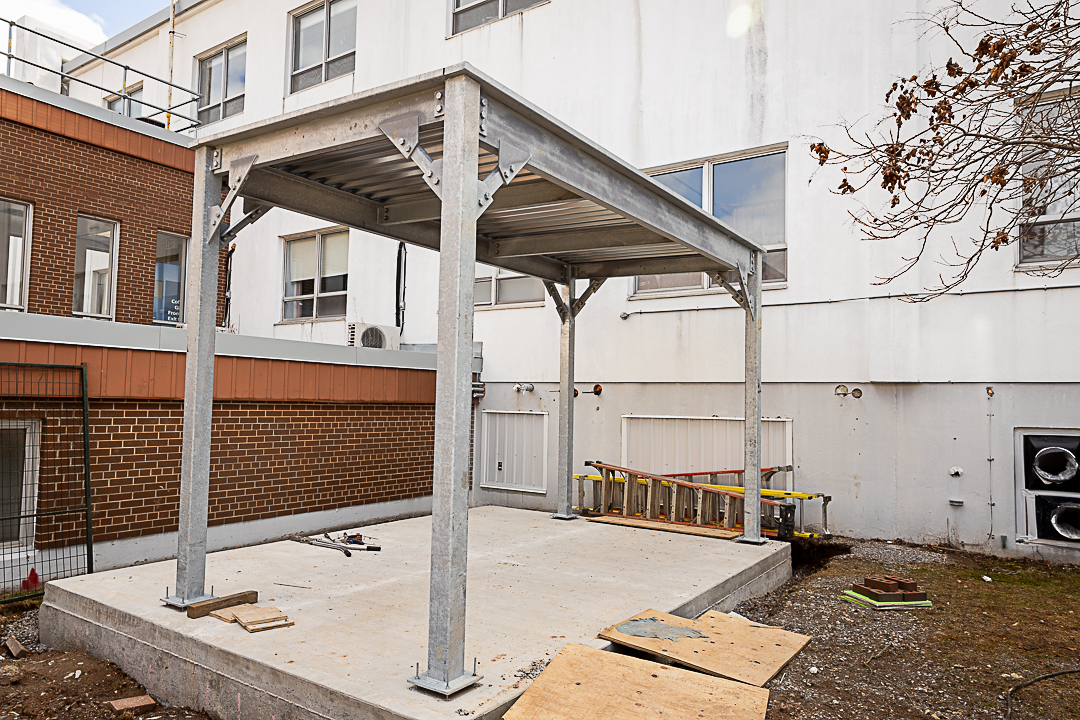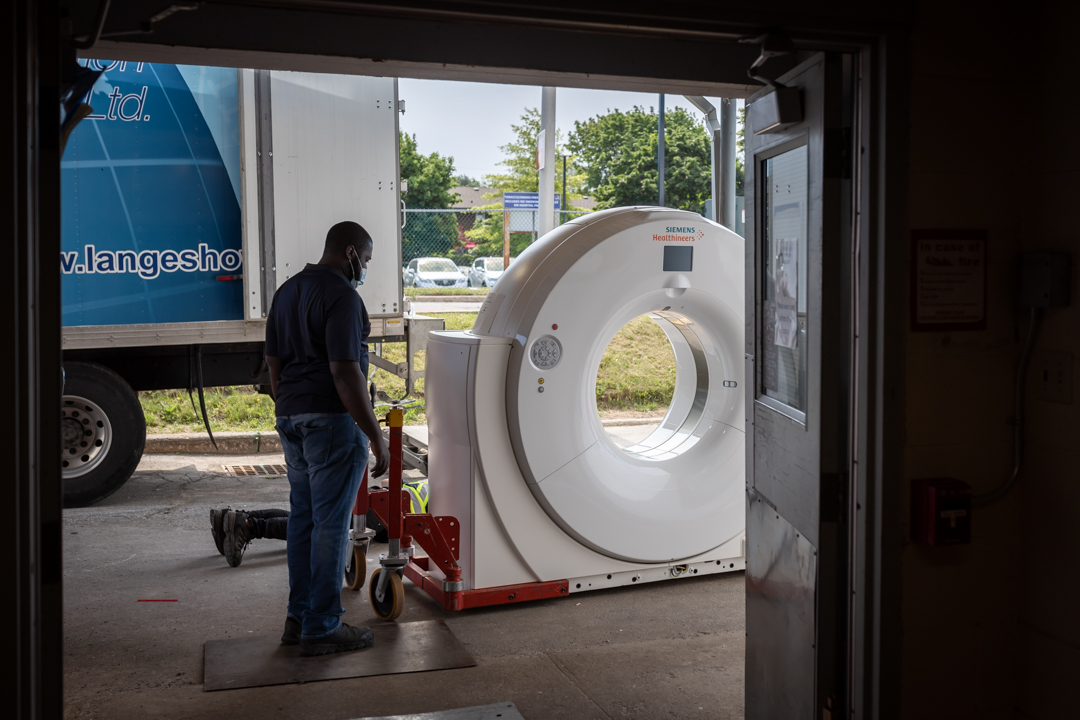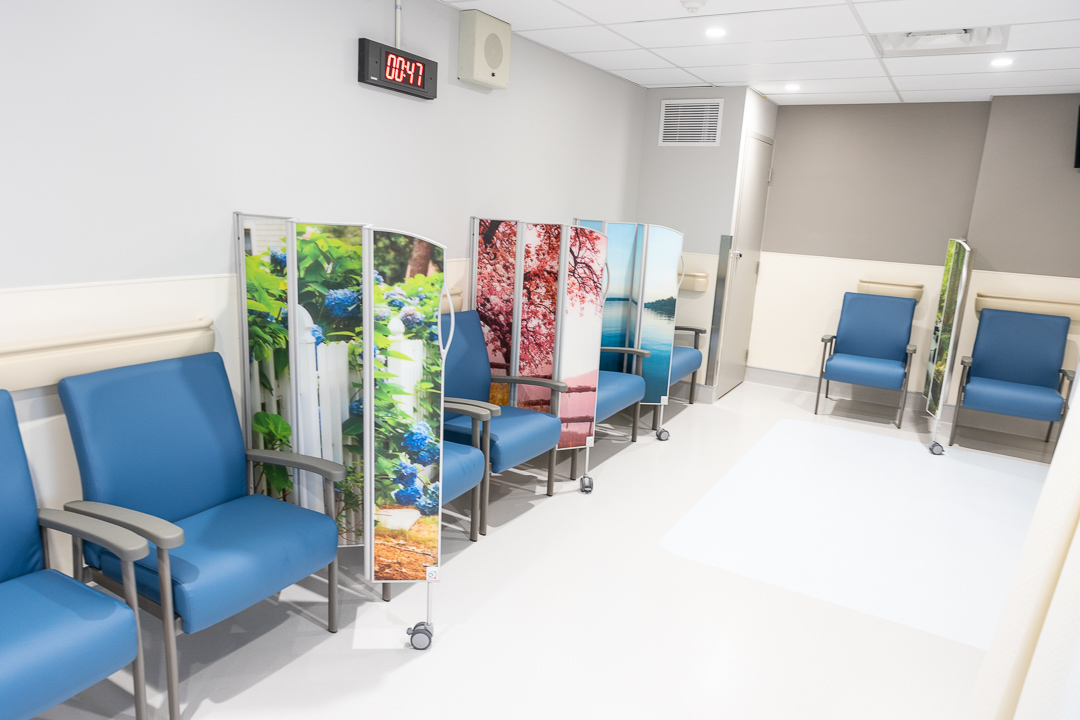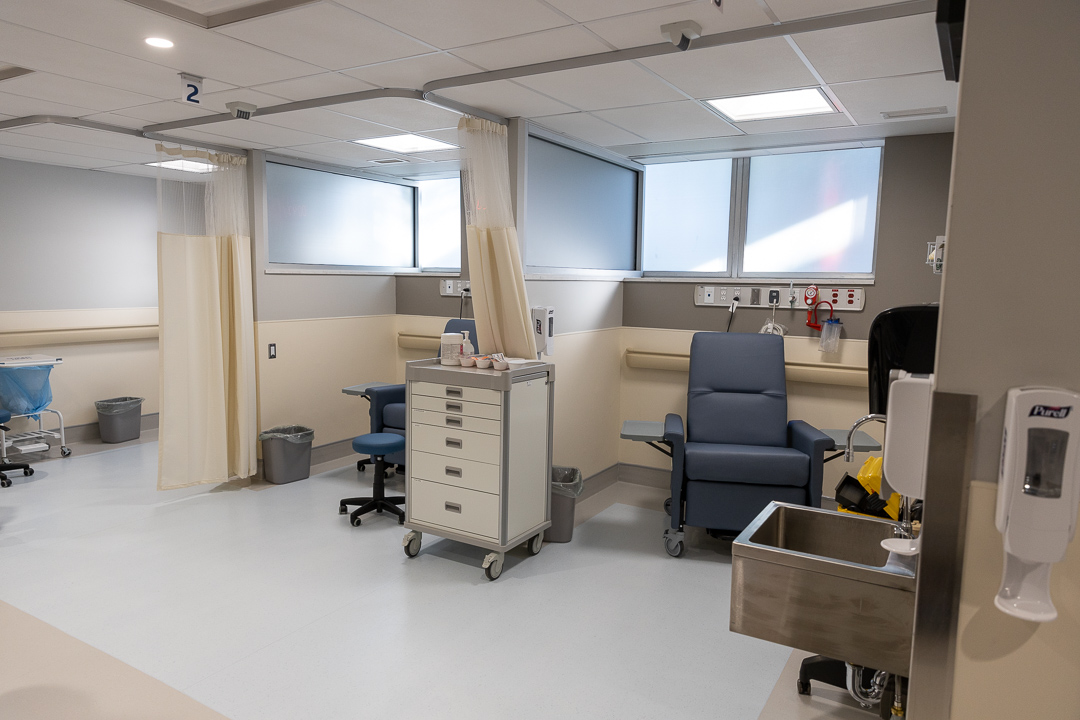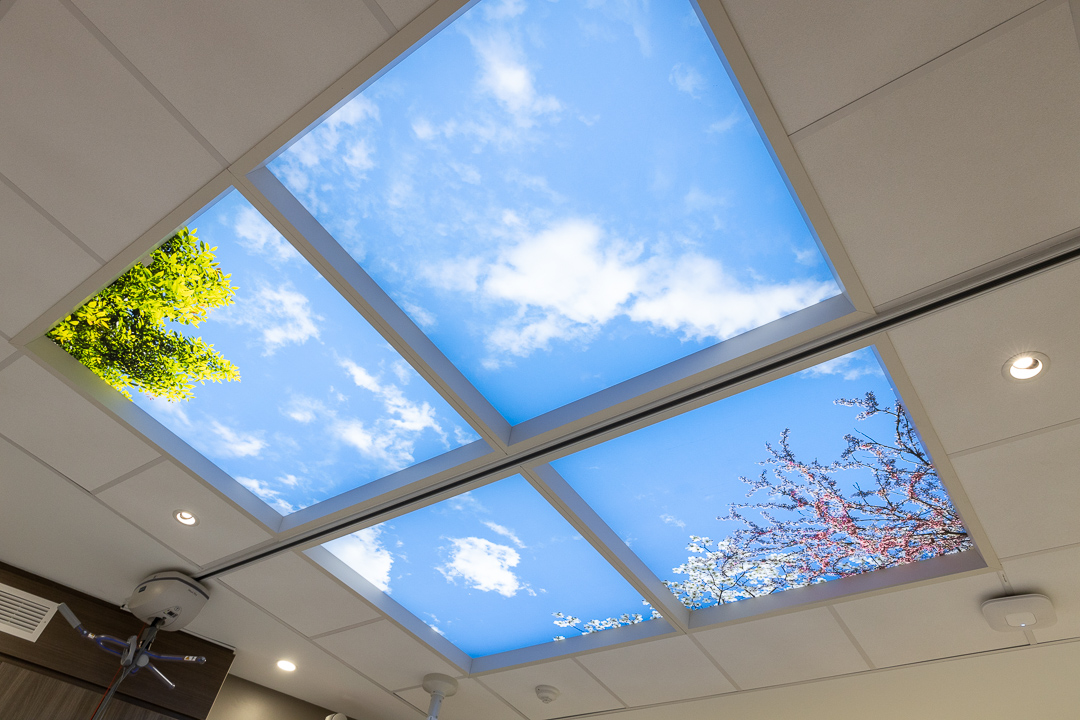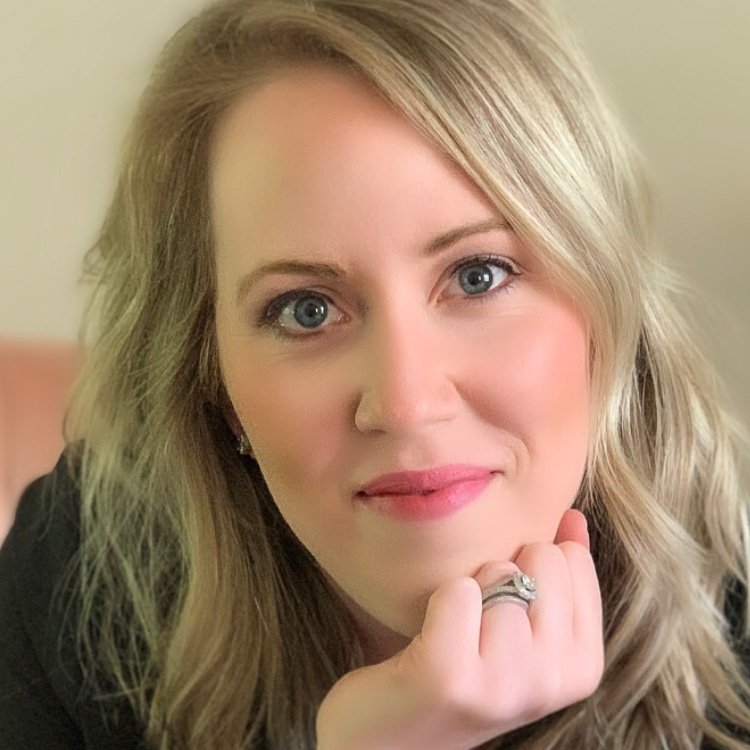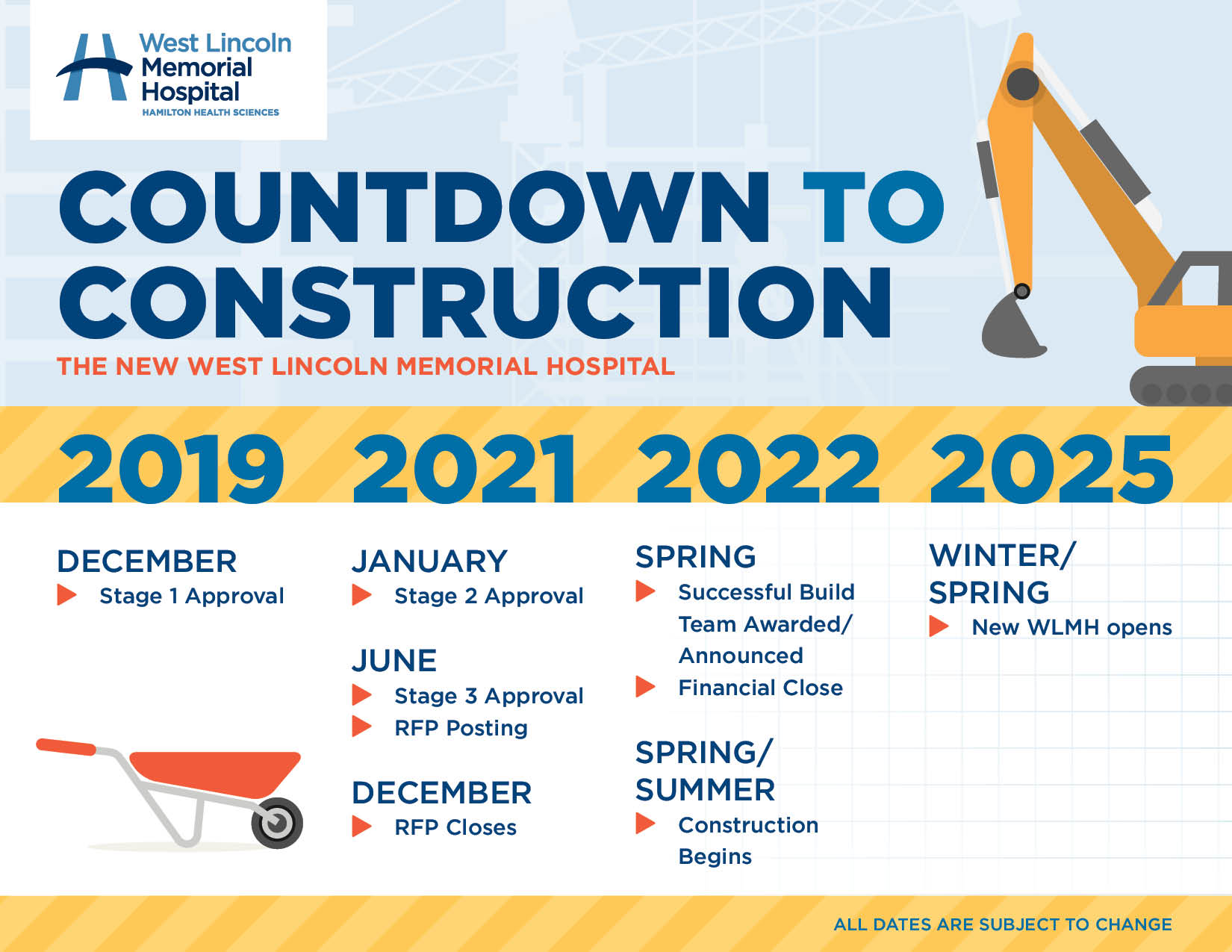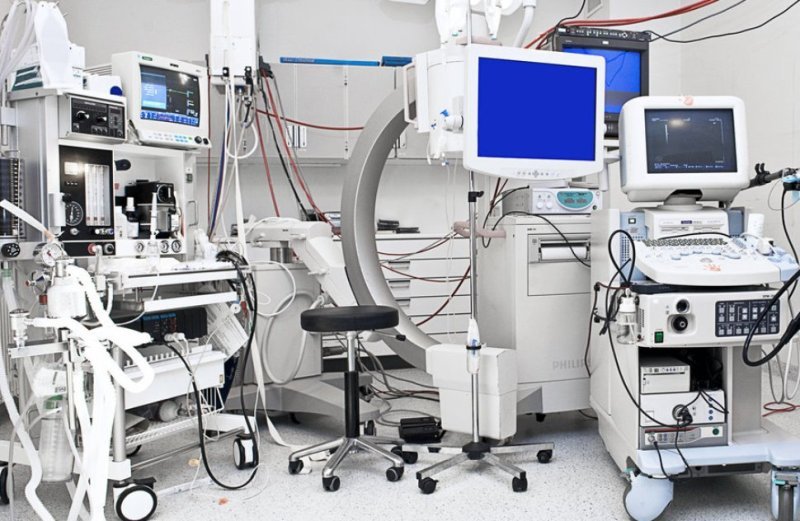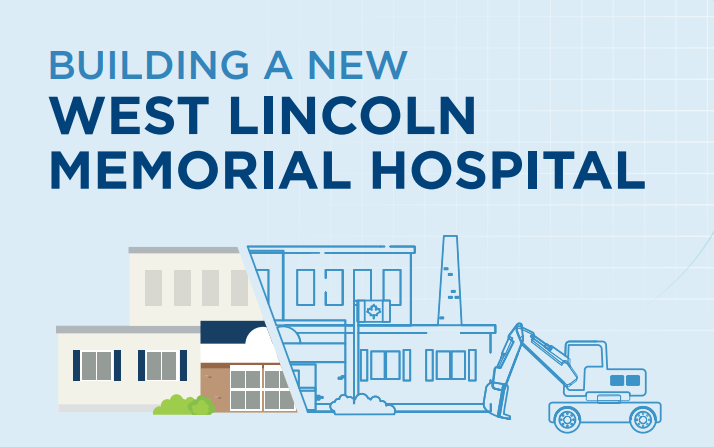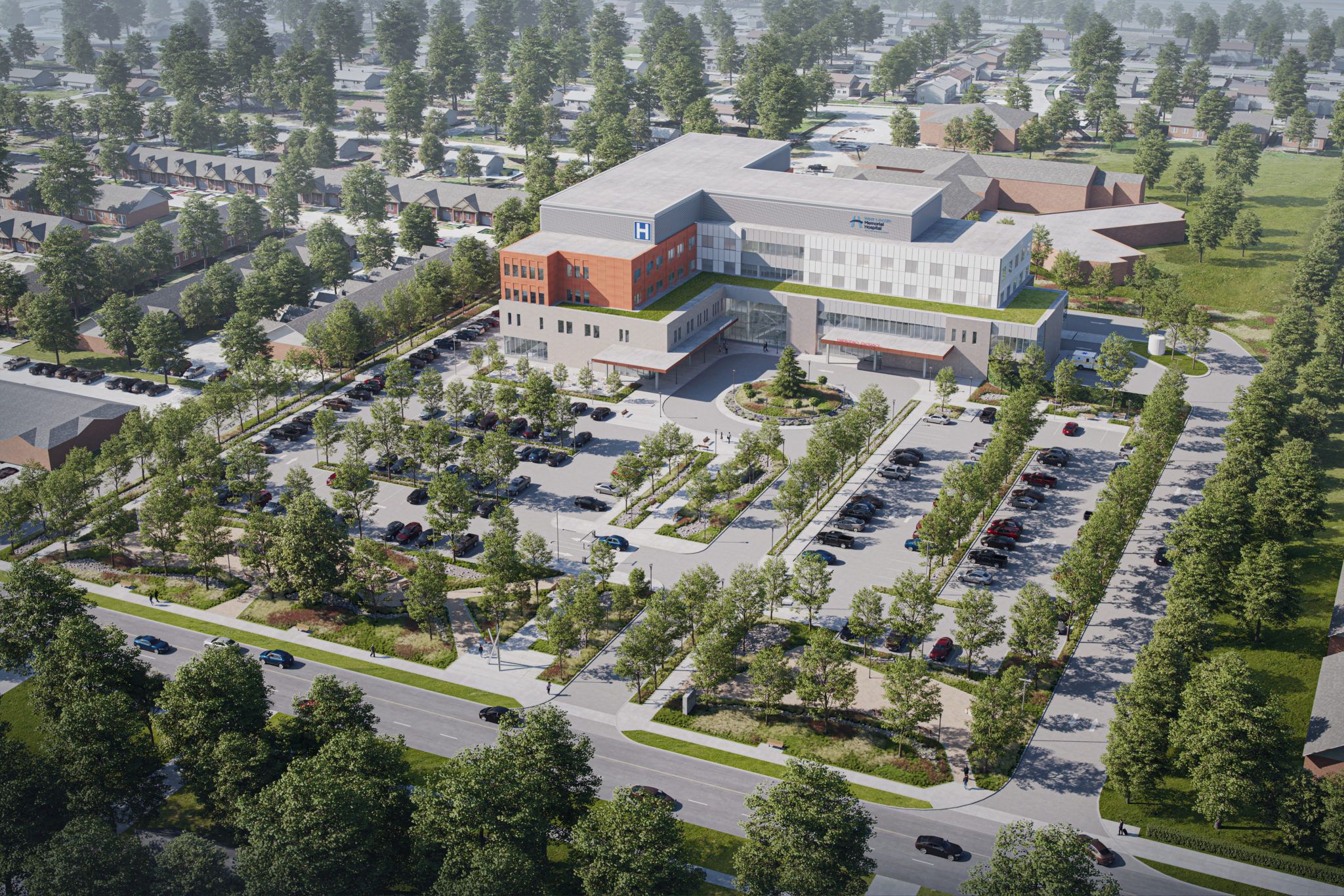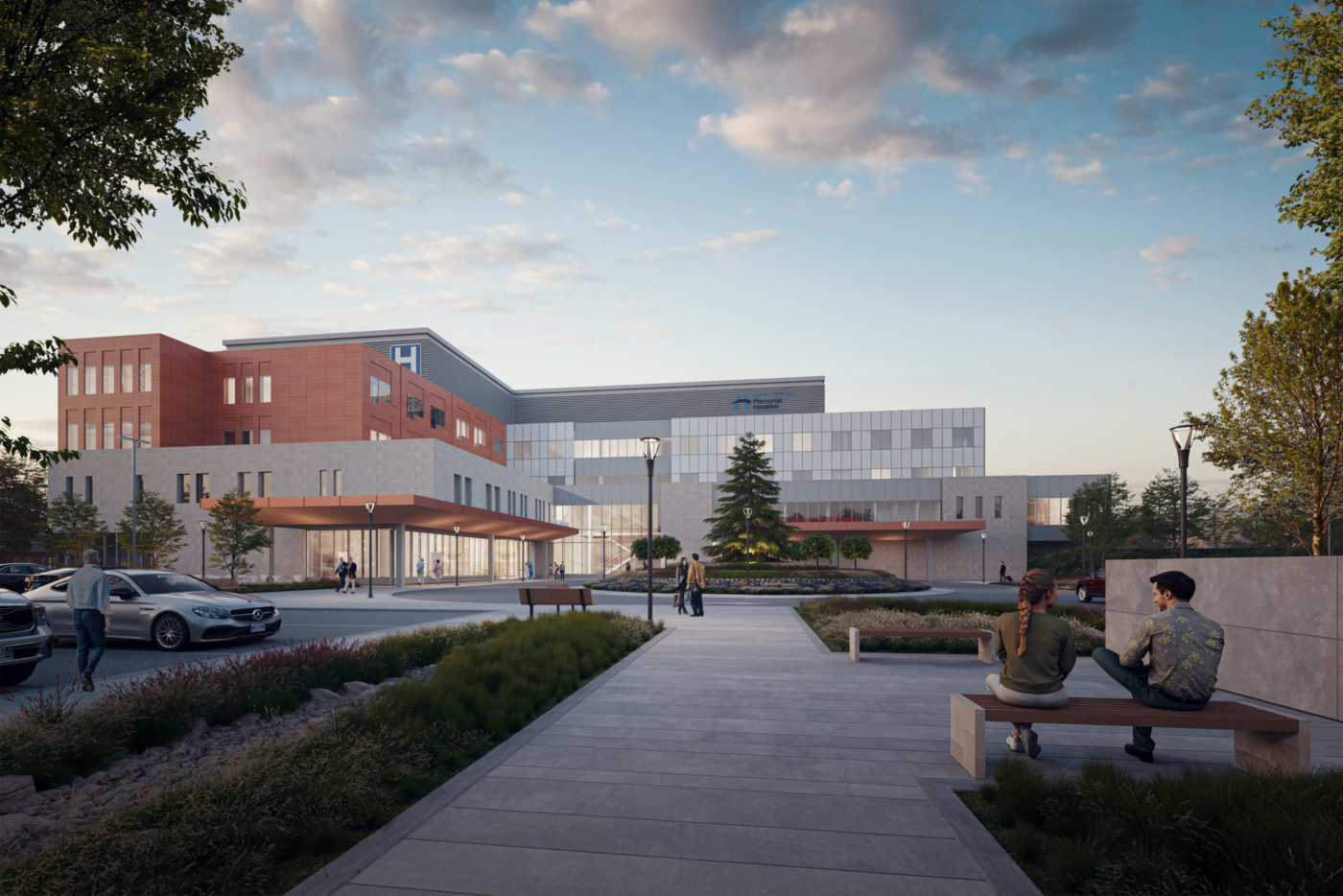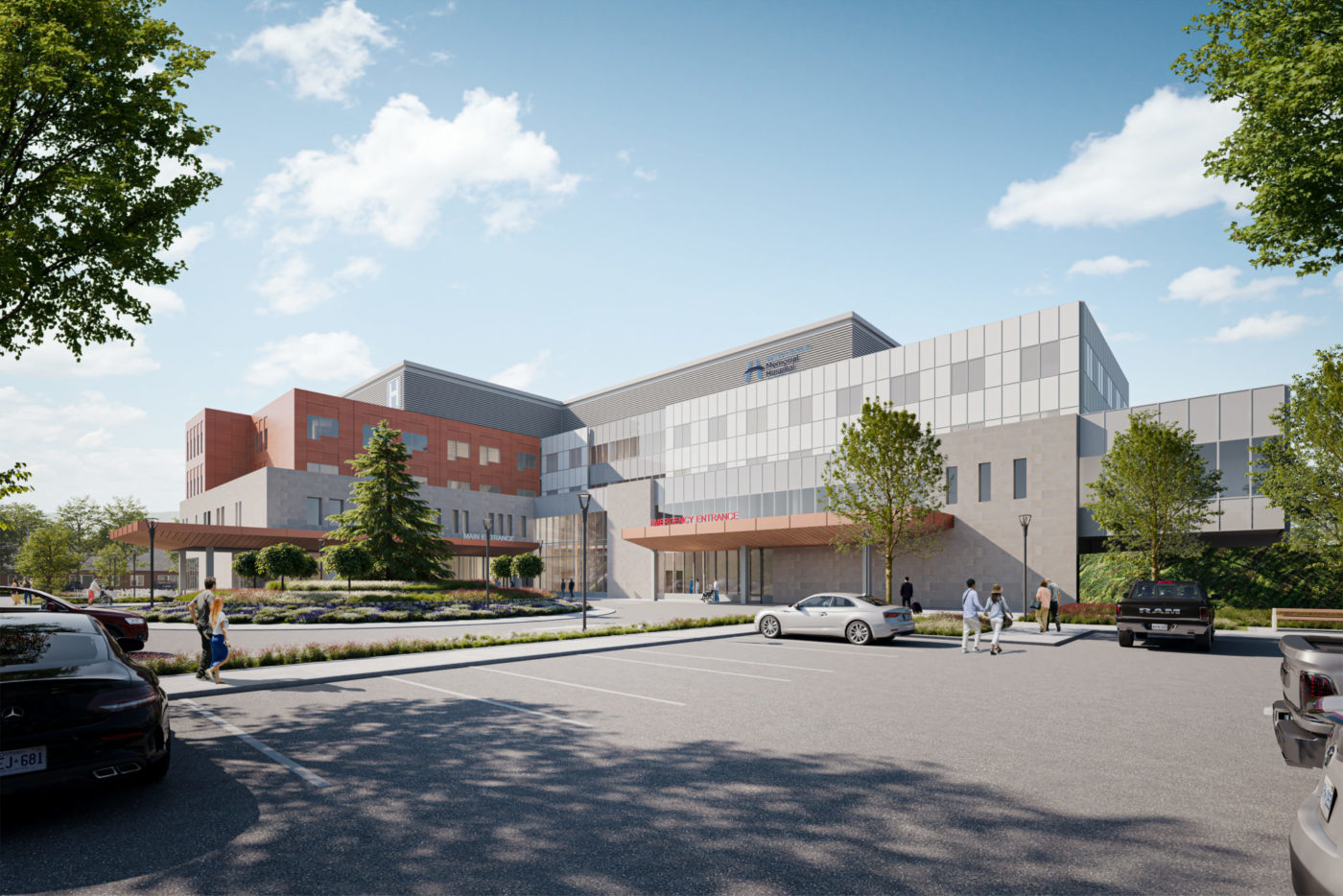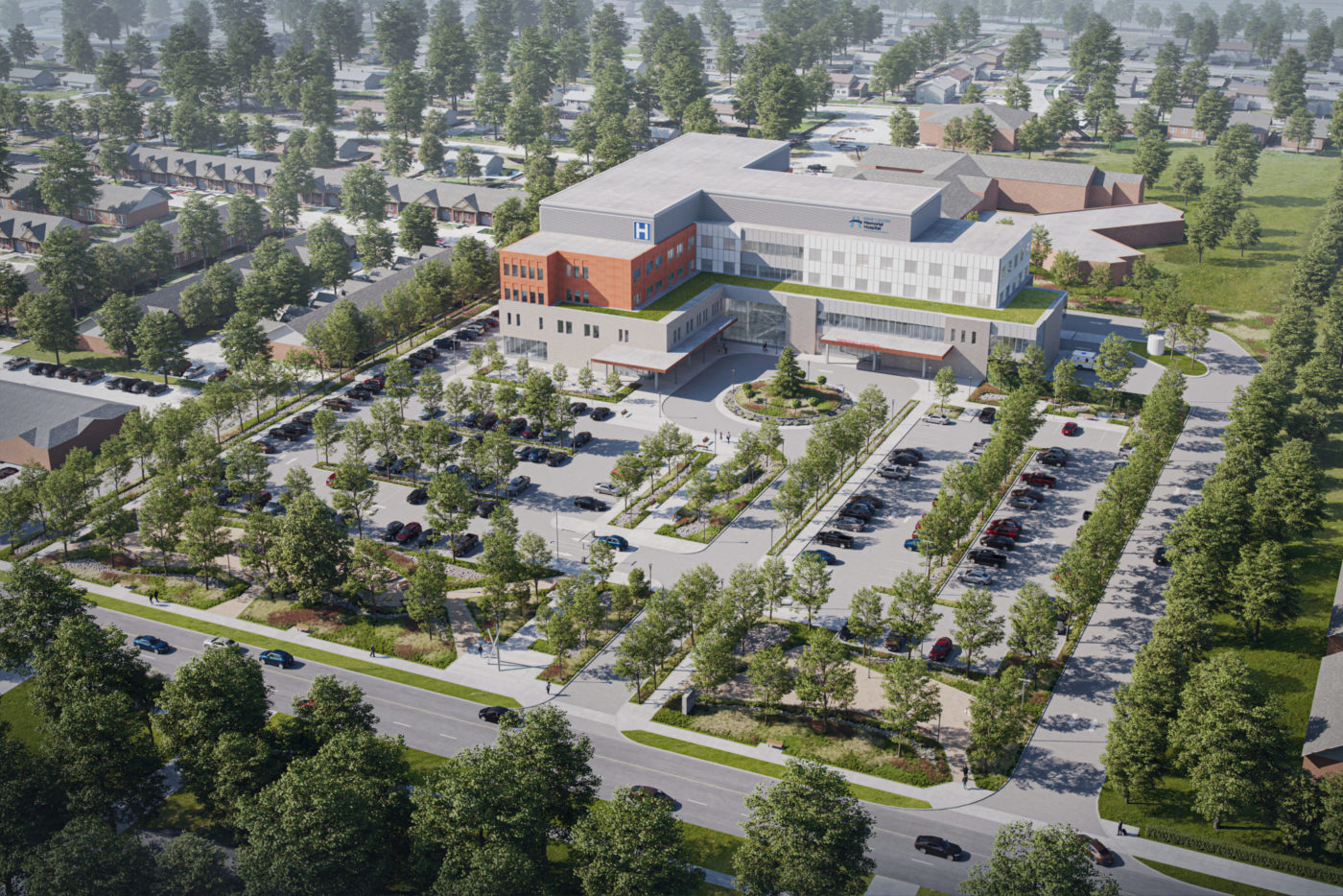For Dr. Andrea Mosher, coming to West Lincoln Memorial Hospital is a bit of a homecoming.
“This opportunity at WLMH is somewhat full circle for me,” said Dr. Mosher, WLMH’s newest obstetrician and gynecologist. “I grew up in Niagara Falls, did my undergrad at Queens University, went to medical school in Calgary, and took my residency in Hamilton. I am excited for this opportunity to come back to the Niagara community.”
At a young age, Dr. Mosher set her sights on a career in medicine. Influenced by a family friend who was a physician practicing obstetrics in a low-risk birthing environment, she started considering a similar path for herself.
“Being a doctor was always a dream of mine. When I was in medical school I did rotations in obstetrics and I was then matched into the residency program. It’s an honour to be part of families’ birthing experiences and help them welcome a new life into their family and world,” she said.
Dr. Mosher is currently practicing at St. Joseph’s Healthcare Hamilton. She officially starts at WLMH on October 1. The community medical model in place at West Lincoln will be a change, but a welcomed opportunity to practice in a different care environment with new colleagues.
“The model is unique as it allows you to interact with many other providers from the hospital and community. This presents a great opportunity for continued collaboration and growth because it always keeps you learning and encourages experience sharing with each other. It’s very important to me that I’m always advancing but also helping others advance as well,” noted Dr. Mosher.
In addition to her expert clinical skills and experience, she brings another personal yet critical element to her practice which enhances her interaction with patients during their journey to parenthood.
“I’m a mother of two young boys. This is an important piece of who I am but also how I engage with my patients. Having my children let me learn what it was like from a patient’s perspective and where appropriate, I bring this into my work. While it’s definitely not a requirement for practicing obstetrics, personally, I feel like it helps me connect with new and expecting moms and parents,” she explains.
Dr. Mosher is also a practicing gynecologist and will continue this work at WLMH. Through her appointment at McMaster University, Dr. Mosher’s current research focuses on endometriosis – a common but underdiagnosed condition where endometrial tissue grows outside the uterus – with the goal of expanding knowledge of the symptoms toward earlier diagnosis and treatment.
When asked if she had a preference between her two specialties, she gave a considered chuckle before responding.
“I like to say: I came to the specialty for the obstetrics and stayed for the gynecology,” she said. “I really love them both and I think they complement each other well. I am excited to see that gynecology has significant [operating room] time allocated at WLMH and it will be great to get in there work through some of the backlog caused by the pandemic. Being able to help fill a clinical need for a community is humbling.”
The obstetrics program has been temporarily redirected to Niagara Health following a provincial directive earlier in the year which paused scheduled care and facilitated the redeployment of hospital staff to critical care and other clinical areas hard hit by the COVID-19 pandemic. WLMH staff who contributed to this response have since returned to the site.
Separately, in the past year, two of the site’s three obstetricians have departed to pursue professional opportunities abroad. Dr. Nwachukwu [ChuChu] Nwebube who leads WLMH’s obstetrics and gynecology department has remained steadfast in his role and has been the sole obstetrician/gynecologist on site for a number of months.
From an operations perspective, there are three essential pieces needed to run an obstetrics and gynecology program: operating room (OR) staff and OR availability, obstetrics staff, and obstetricians/gynecologists. Dr. Mosher’s arrival is a big step toward fulfilling the physician complement and resuming obstetrical care at the site starting October 5.
“We’re grateful to staff who took on different roles to help out across Hamilton Health Sciences sites during the pandemic, but we’re also really glad to have them back at the site,” said Cindy MacDonald, director of community programs and WLMH site administrator. “Our OR and obstetrical staffing has been stabilized. Dr. Mosher is passionate to work in the community and her arrival is an opportunity to rejuvenate the program. We’re excited for her to start, and at the same time we’re all incredibly thankful to Dr. Nwebube for his dedication and commitment to our patients and the program.”
Arguably, no one at WLMH is more eager for Dr. Mosher’s arrival than Dr. Nwebube.
“Over the last year, we’ve worked through the loss of two obstetricians and it’s very promising to welcome Dr. Mosher to the team,” he said. “She brings great expertise and talents to the program and to our patients. Her contributions will be important as we serve patients in the current building, but also as we transition to the new hospital and restore the program to its former glory and beyond. In addition to her clinical practice, she’s also an accomplished researcher and we’re looking forward to her bringing this important element to the care we provide.”
With the birthing program set to resume, consideration needs to be given that the COVID-19 pandemic is still very unpredictable in the community and the government-driven response which may be needed in the coming months is yet unknown. However, most people at the site are now looking a little farther down the road; to the opening of the new hospital.
“The promise of the new hospital holds a lot of potential,” said Dr. Mosher, who noted the prospect of a rebuilt WLMH played into her decision to accept this role. “It’s exciting to have the opportunity to work in a new facility which is being built with community growth in mind and patient care at the centre of everything. Also, the new hospital will let us further grow the obstetrics program and provide long-term stability for patients in the community.”
The WLMH redevelopment is currently in Stage 4 of the planning process, with the Request For Proposals (RFP) currently out to tender. Shovels are looking to hit the ground in June 2022.


